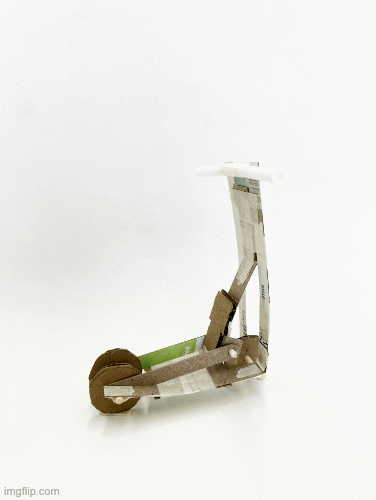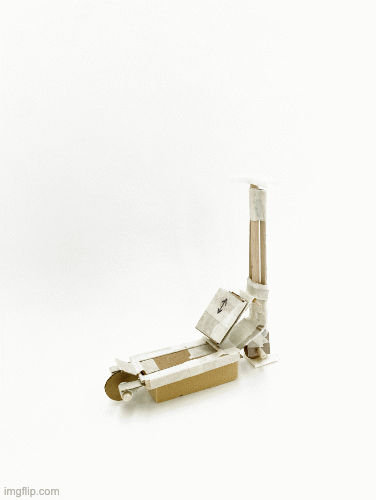salus
Spring 2024
Timeline: 10 weeks
Solidworks + Rhinoceros 3D + Keyshot+ user research + physical prototyping + 3D printing
A convertible scooter that enhances campus mobility and transportation accessibility for those with lower limb injuries.
Every day, around 25,000 people sprain an ankle.
(The Woodlands SMC)
UW CAMPUS
Sources from The Daily, UW Accessibility, UW Bike Rack Utilization Report, and a variety of student experiences.
The University has several accommodations and resources for the community to access programs, services, and activities, such as Hall Health, UW Medicine, Dial-A-Ride, and the shuttle service.
↘︎
Students with mobility impairments face ongoing struggles with campus infrastructure. The majority of the campus buildings and pathways were built several decades ago, with little to no considerations for ramps, elevators, and other points of accessibility.
↘︎
As of May 2019, the University of Washington has 8,285 bike parking spaces available on campus, allowing students/faculty to store not only bikes but scooters as well.
↘︎
INSIGHTS
Navigating a campus environment with leg injuries poses significant mobility challenges for students.
Accommodations and support services are used occasionally, unrecognized, or poorly advertised for people on campus.
The conventional means of commuting on foot becomes strenuous and painful, exacerbating the injury or even prolonging recovery time.
How might we design a transportation method to assist students in commuting in and around campus when faced with leg injuries?
DESIGN CRITERIA
Eliminating the need for multiple pieces of equipment by designing something convertible.
The product should be intuitive and easy-to-use while providing comfort if faced with injuries.
Encouraging environmentally friendly and accessible urban travel methods by promoting rental services.
TARGET USERS
Colleges that have physical therapy/sports medicine/orthopedic centers, providing rental equipment for students, athletes, and their community.
This transportation device would be used for commuting to and around campus while accommodating individuals who face lower limb injuries.
Out of all the micromobility devices accessible in colleges and their communities, I decided to explore electric scooters and knee walkers…
ELECTRIC SCOOTERS
↘︎ Safe, convenient, easy to use
↘︎ Light and portable
↘︎ Relatively eco-friendly
↘︎ Low operating costs
↘︎ Easy repair and maintenance
↘︎ Perfect for short distances
↘︎ Can skip traffic jams
↘︎ Less noise pollution
↘︎ No permits/license required
(Ninebot)
KNEE SCOOTERS
PROS
↘︎ Weather resistance
↘︎ Comfortable convenience
↘︎ Weight + strength distribution
↘︎ Speed
↘︎ Maintaining better posture
CONS
↘︎ Expensive
↘︎ Singular purpose
↘︎ Heavy and bulky
INITIAL CONCEPT SKETCHES
ROUGH PROTOTYPING
Exploring different mechanisms of the knee cushion prop-up and visualizing the scooter’s scaled dimensions using scrap cardboard, straws, wooden sticks, and LOTS of tape.
pivoting front wheel
seat and mechanism integrated with deck platform
three wheels for stability
sliding mechanism for knee cushion positioning
MOODBOARDS
FORM ITERATIONS
HANDLEBAR ITERATIONS
Salus is a versatile scooter that represents health, well-being, and safety.
Designed to eliminate the need for cumbersome crutches, Salus combines the convenience of electric scooters with the comfort and support of knee walkers, allowing users to easily switch between modes for efficiency.
Extendable bilateral footrests for your non-injured foot when the prop-up is in use during your ride.
Roll back the cushion to integrate the knee prop into the deck for a standard scooter ride.
Stay connected and be in control with customizable widgets that display key information needed during the ride. Salus’ handlebar touchpoints are simplified to three features: turn signals, acceleration throttle, and brakes.
BEHIND THE SCENES















Laser cutting a textured deck traction pad!
3D printing the handles!
Sanding the deck late at night while my cohort buddies are also grinding on their capstones!
Special thanks to my mentor Carly Cheng!



























